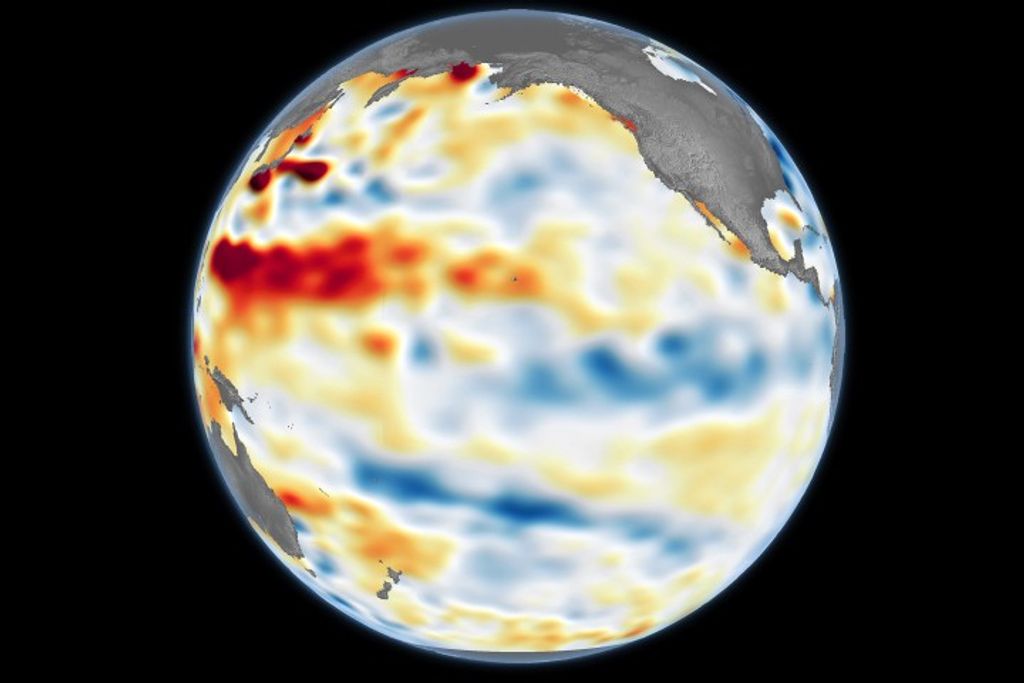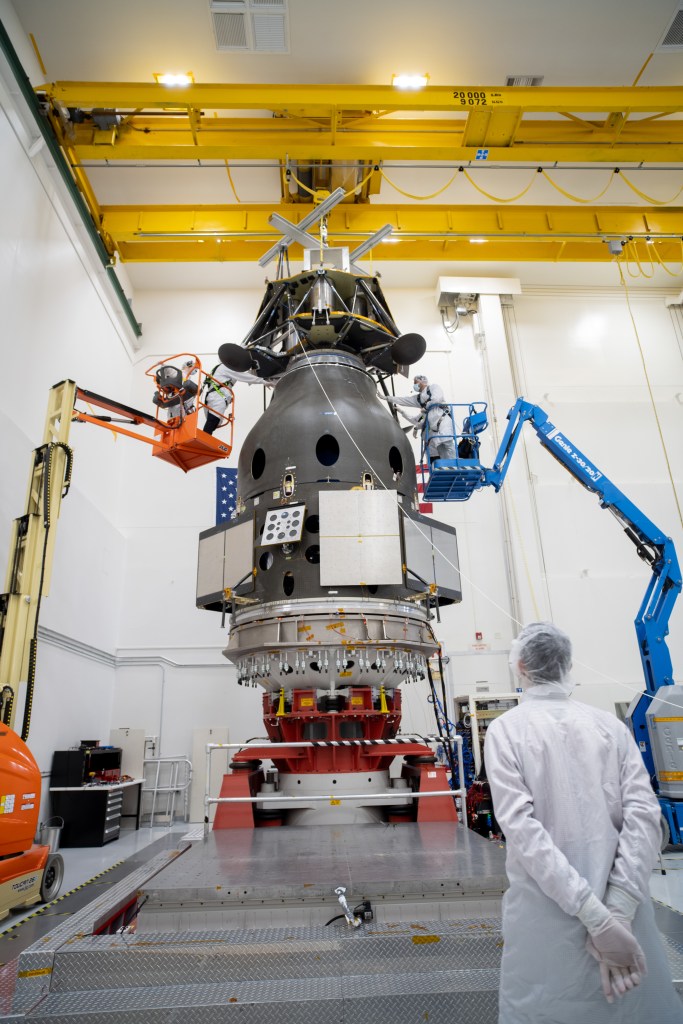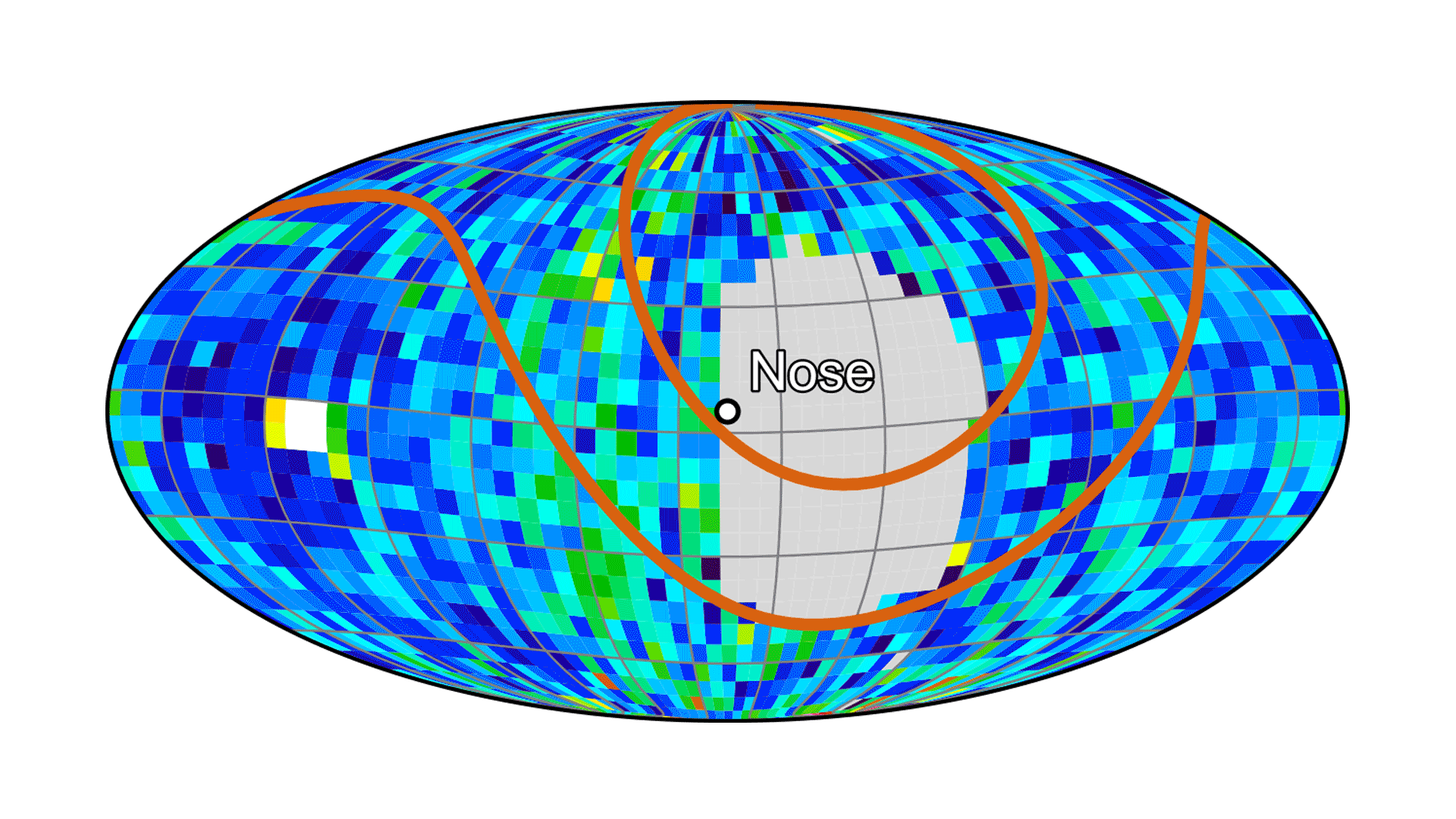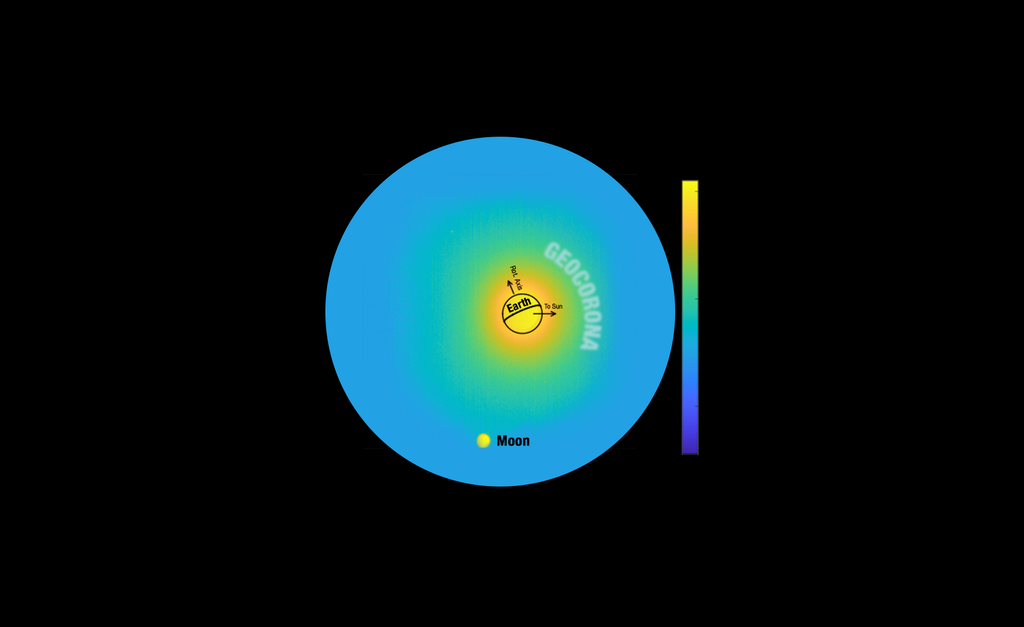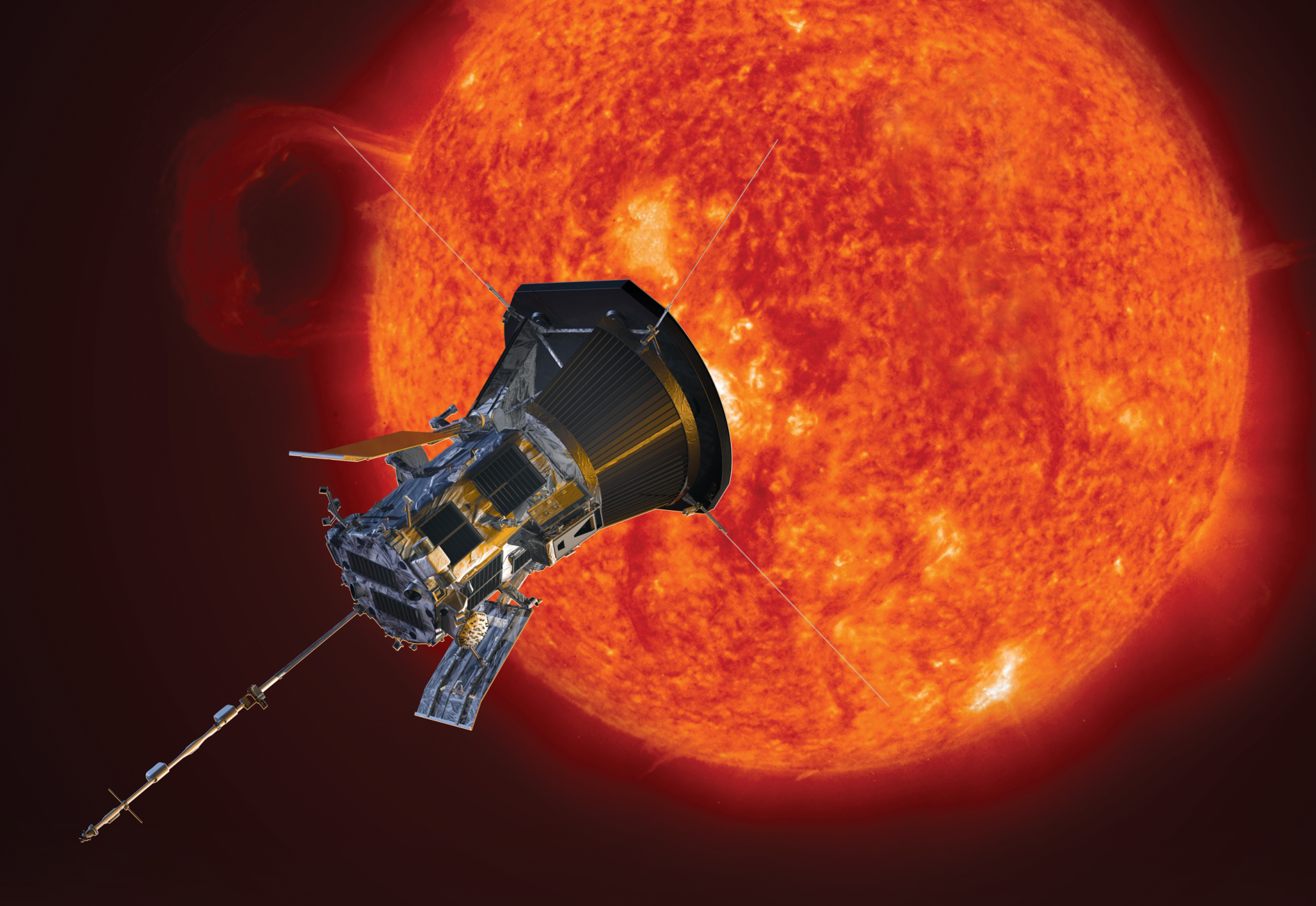This article is from the 2019 NESC Technical Update.
The Parker Solar Probe (PSP) began its mission to explore the inner heliosphere with launch in August 2018. PSP will observe the Sun over a series of 24 orbits, reaching a perihelion of 9.86 solar radii (approximately 4.7 million miles). The spacecraft carries instruments to gather data on the particles, solar wind plasma, electric and magnetic fields, solar radio emission, and structures in the Sun’s corona. In the extreme environment at distances this close to the Sun, it is of critical importance to maintain attitude within safety constraints (e.g., pointing the thermal protection system to the Sun) to keep spacecraft systems within design limits for temperatures and solar illumination.
The GNC performance, verification, and characterization (PVC) analysis set for the PSP was originally scheduled to have completed by Mission Pre-Environmental Review in September 2017. Due primarily to resource issues, the Project had to slip the schedule for completion of this analysis. The Project began tracking completion of the PVC effort as a risk, and in January of 2018, this was the top risk item. The NASA Science Mission Directorate Chief Engineer and the PSP Program Manager requested NESC GNC assistance to support an independent risk evaluation team with the Johns Hopkins University (JHU) Applied Physics Laboratory (APL) Space Sector Chief Engineer, and an existing tiger team at JHU APL. The independent APL/NESC team, consisting of the NASA Technical Fellow for GNC and NESC GNC Technical Discipline Team members, was chartered to evaluate the scope of the GNC PVC test cases; provide a recommendation for prioritizing the remaining test cases; and assess the residual risk of not having all the test cases completed prior to shipment of the PSP spacecraft to KSC in late March 2018.
The independent team found a large number of test cases (>1000), many of which were driven by the system-level requirement for single-fault tolerance. GNC faults were approximately 10% of the total test cases and were organized into groups. Over half of the GNC faults were eliminated from the GNC PVC simulation cases because they were multiple-fault scenarios (not single-fault) or the outcome could be predicted without having to run a simulation. The remainder were included and analyzed in GNC PVC test set.
Completion of the PVC analyses took longer than expected, and the independent review team remained engaged with the PSP Project on a regular basis, providing interim evaluations of progress and the current risk posture. In addition, the NESC supported key APL reviews: a Testbed Fidelity Review to assess using the PSP hardware-in-the-loop simulator to perform regression tests on a late flight software build that was loaded to the spacecraft prior to launch; and a critical prefueling risk assessment held in July 2018 to ensure it was appropriate to fuel the spacecraft and continue processing for launch.
The review team served a critical function by communicating their independent judgment to decision makers at NASA Headquarters and APL, enabling them to formulate their decisions with information that was as complete as possible. This was a crucial factor in the ability of PSP to work through a number of difficult issues, culminating in a successful launch and two orbits of the Sun in the first full year of successful operation.
For more information, contact Cornelius J. Dennehy | GSFC | cornelius.j.dennehy@nasa.gov









